How Trump Can Save His Ukraine Policy
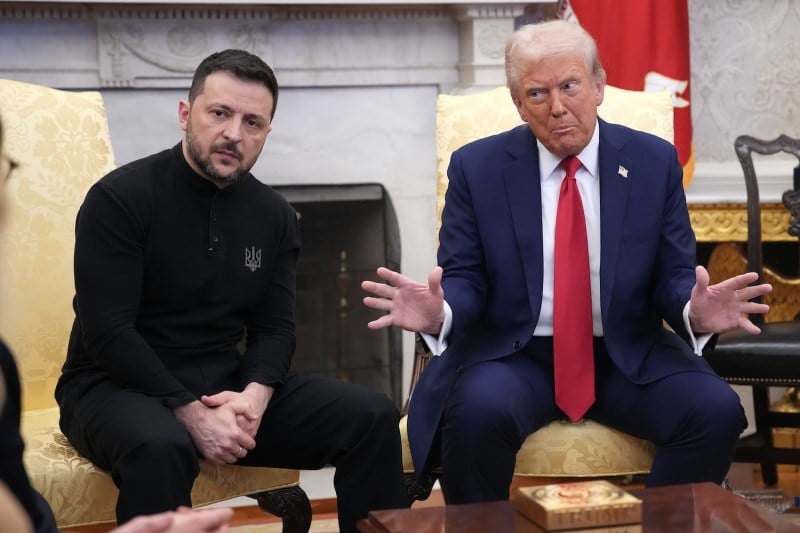
How Trump Can Save His Ukraine Policy
The Trump administration’s desired detente with Russia requires a Ukrainian peace that lasts.
President Donald Trump and Ukrainian President Volodymyr Zelensky meet in the Oval Office at the White House on Feb. 28, 2025 in Washington. Andrew Harnik/Getty Images
Donald Trump, frustrated by his inability to settle Russia’s war against Ukraine, keeps looking for someone to blame. One week, it’s Volodymyr Zelensky, the president of Ukraine; the next, it’s Vladimir Putin, the president of Russia. (Joe Biden, once upon a time the president of the United States gets mentioned a lot, too.) What Trump should do instead is spend some time thinking about his own responsibility for the stalemate. He needs to see what’s possible and what isn’t—and to understand what will be needed to make a good result last.
Listening to Zelensky and Putin over the last three months should have shown Trump that there is next to no chance of a comprehensive settlement that both sides can accept and that secures a durable peace. Putin has been particularly adamant that any agreement must address the so-called “root causes” of the conflict, and he has made very clear how he defines them. For him, the heart of the problem is Ukraine’s stubborn resistance to Russian domination and its determination to protect its sovereignty against future pressure. “Demilitarization” and “denazification” are not just Putin’s favorite buzzwords. They shape his demands for a settlement.
Donald Trump, frustrated by his inability to settle Russia’s war against Ukraine, keeps looking for someone to blame. One week, it’s Volodymyr Zelensky, the president of Ukraine; the next, it’s Vladimir Putin, the president of Russia. (Joe Biden, once upon a time the president of the United States gets mentioned a lot, too.) What Trump should do instead is spend some time thinking about his own responsibility for the stalemate. He needs to see what’s possible and what isn’t—and to understand what will be needed to make a good result last.
Listening to Zelensky and Putin over the last three months should have shown Trump that there is next to no chance of a comprehensive settlement that both sides can accept and that secures a durable peace. Putin has been particularly adamant that any agreement must address the so-called “root causes” of the conflict, and he has made very clear how he defines them. For him, the heart of the problem is Ukraine’s stubborn resistance to Russian domination and its determination to protect its sovereignty against future pressure. “Demilitarization” and “denazification” are not just Putin’s favorite buzzwords. They shape his demands for a settlement.
Trump is not wrong, of course, that Ukraine’s leaders have their own ambitious goals—recovery of territory, membership in Euro-Atlantic institutions, Russian reparations, accountability for war crimes, and more. Yet Zelensky and his officials have long made clear that such aims do not stand in the way of an interim peace. Recovering all the territory that Ukraine has lost since Russia seized Crimea in 2014 is, they say, something to be achieved diplomatically—meaning, over time and not by force. Joining NATO? Kyiv acknowledges that it won’t happen right away. Joining the European Union? Another multiyear process. What Ukraine will not do is accept the status Putin demands of it, as a Russian dominion. It will not formally recognize the loss of territory he has seized or limits on its ability to defend itself in the future.
That a full settlement of the war is out of reach means Trump and his negotiators have to work within the confines of the obvious next best alternative: an end to hostilities that punts the big unresolved issues to some sort of open-ended “peace process” (in which they may not ever be resolved). The president might prefer to reach a “big, beautiful” agreement, but unfortunately a mere armistice is all that’s on the table. Achieving even this goal—and making it last—will oblige Trump’s team to stop making the most obvious mistakes.
Because Zelensky and Putin have antithetical aims that make a comprehensive peace agreement impossible, they will both try to incorporate some of their larger goals into an armistice. That’s why U.S. officials keep stressing that NATO membership and full recovery of lost territory are not realistic goals for Ukraine. Yet anyone who understands why these issues should be kept out of cease-fire talks would surely see how foolish it was to suggest that Washington was ready to offer formal recognition of Russia’s conquest of Crimea. Offering Putin this concession, which no Ukrainian government could accept at this stage of negotiations, sabotaged Trump’s own would-be dealmaking.
Dangling such concessions—and who knows how many others—is particularly foolish because it fortifies Putin’s belief that things are going his way. Feeling that Russian forces have an advantage, however slight, on the battlefield, he apparently believes he can wear Ukraine down and eventually dictate some version of a victor’s peace. To get Putin to accept an armistice, Trump has to show him that his military hopes are misplaced and that Russian forces have reached their high-water mark and only setbacks lie ahead. An early ramp-up of U.S. military support for Ukraine would send that message; a tightening of sanctions would make it clearer still. Every day that he fails to take such action, Trump puts a viable cease-fire deal further out of reach.
The same is true of U.S. threats to “walk away” from diplomacy and to “move on” to “other priorities,” as U.S. Secretary of State Marco Rubio has warned. In real estate, threatening to walk away from a deal may have its uses. But in this case, Putin likes the idea that the United States is losing interest in his war. Trump can put pressure on him to “stop the killing” only by saying that U.S. interest in the war is increasing.
If, despite his many mistakes to date, Trump is nonetheless able to get agreement on a largely unconditional cease-fire, the biggest challenge he will face is how to make it last. Wartime pauses, if they take hold at all, are often brief. Just look at how regularly cease-fires between Israel and Hamas break down or at how many times Israeli-Palestinian negotiations on a two-state solution have been interrupted by new violence.
In Ukraine, a cease-fire will deserve to be considered a success by lasting not for weeks or months but for years and decades. And its success will depend very little on the ingredients that have preoccupied the Trump team—not on giving Putin enough juicy concessions, not on a strategic minerals agreement with Ukraine, not even on the technical architecture of peacekeeping (the number and location of monitors along the line of contact, their ability to handle cease-fire breaches both large and small, and so forth).
A truly durable peace will depend on much bigger questions—on Ukraine’s political unity and social vitality, on its economic dynamism, on the scale and vigor of its defense cooperation with partners. Will Western governments remain committed to its security, providing equipment and training, holding joint exercises, sharing intelligence (and intelligence capabilities), and investing in Ukraine’s own vibrant and innovative defense industry? Will most of the millions of Ukranians who fled when the war began return when it ends, restoring national confidence and economic growth? Will Ukraine’s institutions—its robust parties, business enterprises, civic organizations, even its oft-disparaged but talented bureaucrats—continue to demonstrate (Putin’s denials notwithstanding) what a “real country” it is and has become?
To be a true peacemaker, Trump needs to help answer these questions affirmatively from day one of an armistice. He and his team should view the challenge before them not as a minor geopolitical priority but one of historic proportions. They will confront the same task Western governments faced in rebuilding—and reintegrating—Germany during the Cold War. For years, on all the big issues left over from 1945, there was continuing disagreement among the major powers. Recurrent crises threatened European security, from Joseph Stalin’s blockade of West Berlin in the late 1940s to the nuclear war scares of the early 1980s. Yet the peace held for decades. What kept this frozen conflict from turning hot was a Western strategy that combined military cooperation, economic aid, political reform, and diplomatic solidarity. All these made West Germany an early success and its Soviet-occupied sibling to the East a long-running failure. For all the Cold War’s dangers, the threat of large-scale violence steadily declined.
Trump, who obviously envisions a different long-term relationship with Putin, will shrug off this analogy. A new cold war? Forget it, he’ll say. Someone needs to remind him that U.S. strategy in those decades was not one endless, nail-biting confrontation. What U.S. President John F. Kennedy called a “long twilight struggle” combined a tough, unyielding style with exactly the kind of diplomatic outreach Trump imagines toward Putin—consultations, agreements, summits, regular efforts to normalize relations with political, economic, and psychological incentives. Trump probably does not know that President Harry Truman’s bold airlift to save West Berlin was immediately followed by a monthlong conference of foreign ministers to discuss the future of Germany. He has probably forgotten that soon after Kennedy and Soviet leader Nikita Khrushchev went eyeball-to-eyeball during the Cuban missile crisis, they signed the Cold War’s first nuclear arms control agreement.
Such elements of the Cold War playbook may in time have a place in the Trump administration’s effort to end Russia’s war on Ukraine. But Trump’s team needs to tell him what Truman and Kennedy learned from the crises they managed: Trying to normalize relations was pointless until Moscow saw that Washington could push back. Carrots became more useful only when they followed sticks. Putin will treat Trump with far more respect if they meet after a decisive increase in U.S. support for Kyiv. Otherwise, the president risks walking away from a summit empty-handed, looking as though the Russian leader has bested him.
To build a durable peace, Trump needs to rethink the war and understand the damage his mistakes have already done. He has acted as though Ukraine were a short-term problem and Russia the long-term opportunity. Almost the opposite is true. He won’t stop the killing for good unless he treats Russia as his immediate obstacle and Ukraine as the ultimate measure of his achievement.
Stephen Sestanovich is a senior fellow at the Council on Foreign Relations and professor emeritus at Columbia University’s School of International and Public Affairs.
More from Foreign Policy
-

A drawn illustration of a Trump whirlwind on a red background Four Explanatory Models for Trump’s Chaos
It’s clear that the second Trump administration is aiming for change—not inertia—in U.S. foreign policy.
-

Marco Rubio is seen up close, sitting on a couch beside J.D. Vance. Marco Rubio’s Soulless Crusade
The U.S. secretary of state stands for no principle other than serving the man who appointed him.
-

Soldiers from various NATO allies take part in a military exercise at the Smardan Training Area in Smardan, Romania, on Feb. 19. America Will Miss Europe’s Dependence When It’s Gone
European self-reliance for security will cost U.S. jobs, profits, and influence.
-

A collage photo illustration shows Donald Trump gesturing with arms wide. In front of him are headshots of Benjamin Netanyahu and Vlodymyr Zelensky, images of immigratns and ICE police, a tattered EU flag and America First signs. Trump’s First 100 Days on the Global Stage
Ten thinkers on what to make of the opening salvo of the president’s second term.

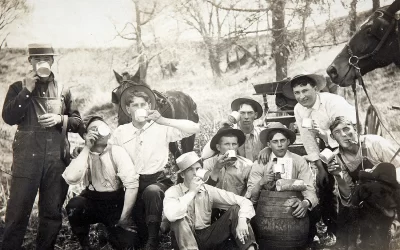
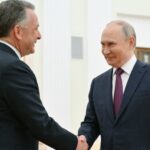


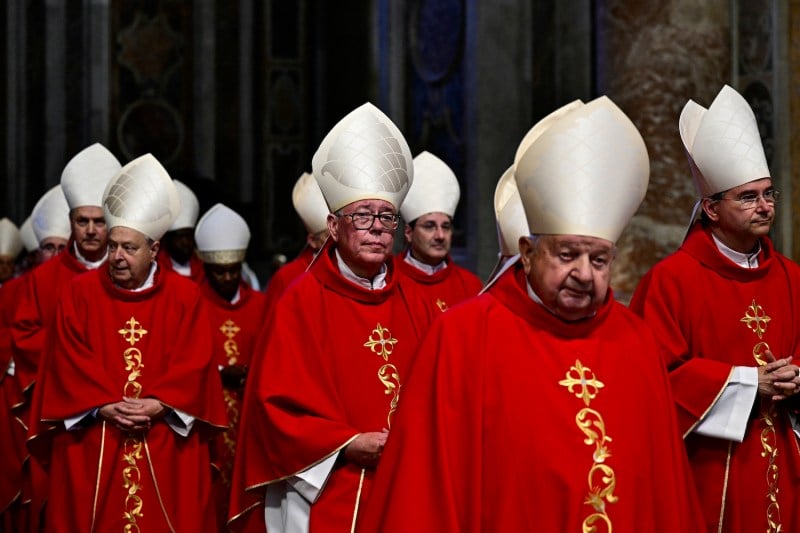

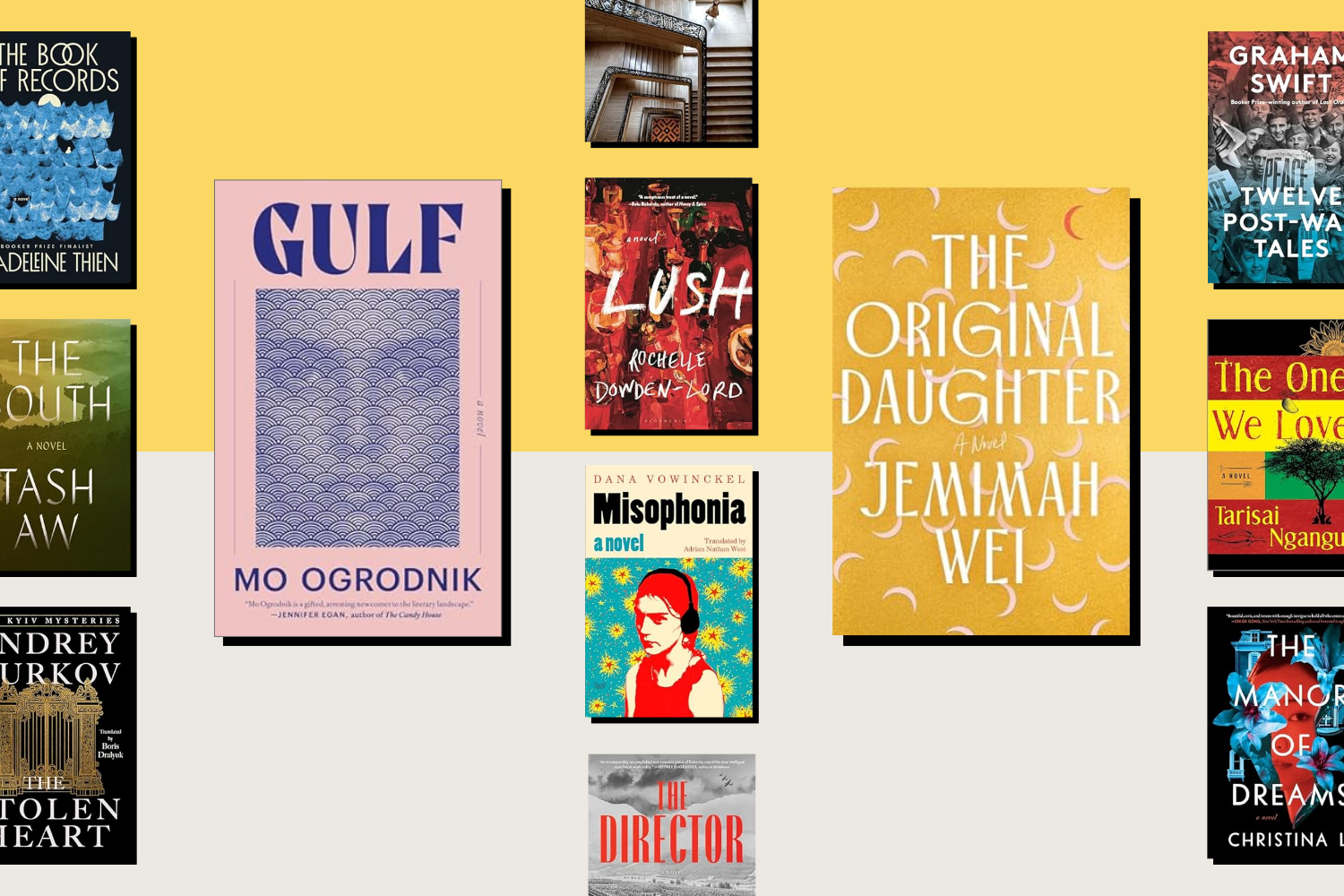
Join the Conversation
Commenting on this and other recent articles is just one benefit of a Foreign Policy subscription.
Already a subscriber?
.
Subscribe
Subscribe
View Comments
Join the Conversation
Join the conversation on this and other recent Foreign Policy articles when you subscribe now.
Subscribe
Subscribe
Not your account?
View Comments
Join the Conversation
Please follow our comment guidelines, stay on topic, and be civil, courteous, and respectful of others’ beliefs.
Change your username |
Log out
Change your username:
CANCEL
Confirm your username to get started.
The default username below has been generated using the first name and last initial on your FP subscriber account. Usernames may be updated at any time and must not contain inappropriate or offensive language.